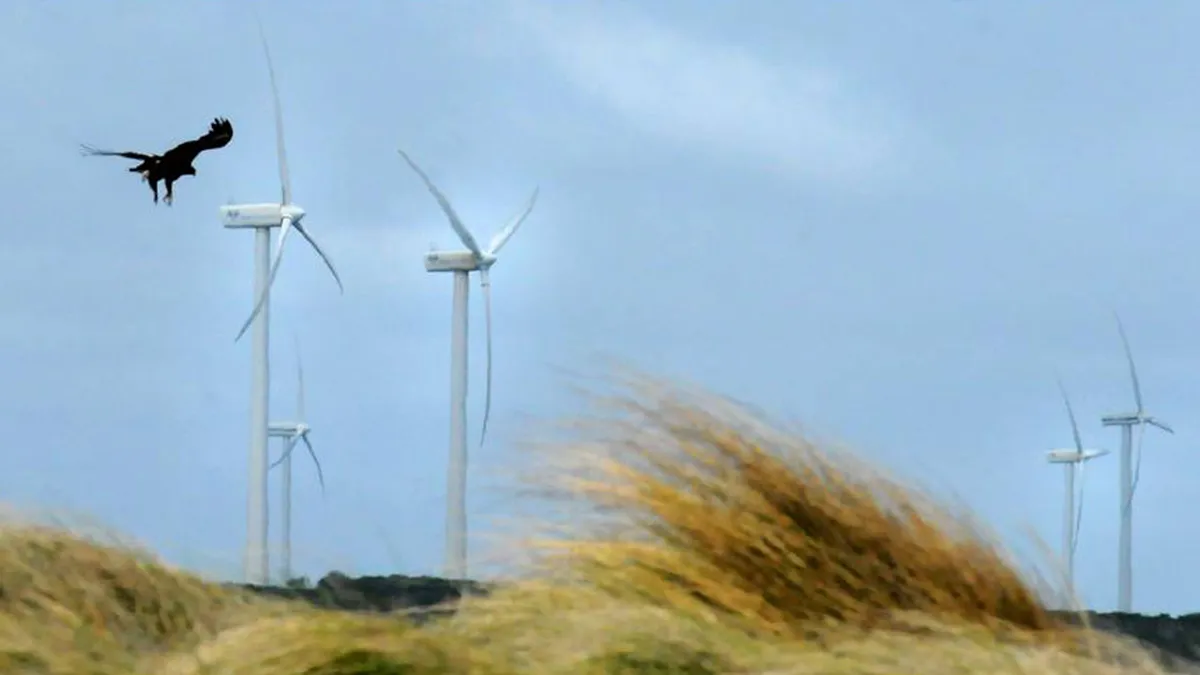Here’s a quiz; no conferring. To the nearest whole number, what percentage of the world’s energy consumption was supplied by wind power in 2014, the last year for which there are reliable figures? Was it 20 per cent, 10 per cent or 5 per cent?
Quick, write down your own response before reading the answer. Because the answer is…
None of the above: it was 0 per cent. That is to say, to the nearest whole number, there is still no wind power on Earth.
To the nearest whole number? None at all!? How can that possibly be true?
You may have got the impression from announcements [about 54 gigawatts of clean renewable wind power installed across the global market last year], and from the obligatory pictures of wind turbines in any BBC story or airport advert about energy, that wind power is making a big contribution to world energy today. You would be wrong. Its contribution is still, after decades — nay centuries — of development, trivial to the point of irrelevance […]
Even put together, wind and photovoltaic solar are supplying less than 1 per cent of global energy demand. From the International Energy Agency’s 2016 Key Renewables Trends, we can see that wind provided 0.46 per cent of global energy consumption in 2014, and solar and tide combined provided 0.35 per cent. Remember this is total energy, not just electricity, which is less than a fifth of all final energy, the rest being the solid, gaseous, and liquid fuels that do the heavy lifting for heat, transport and industry.
Such numbers are not hard to find, but they don’t figure prominently in reports on energy derived from the unreliables lobby (solar and wind).
Fact is, says Ridley, there are a great many barriers to wind power ever being a significant contribution to world energy production:
- wind turbines are already near maximum efficiency, offering few upsides for technology improvement
- wind energy in general offers only low output per unit, requiring many turbines for any real return, and many, many more turbines to deliver any kind of real increase in energy output — up to 350,000 new turbines worldwide, at roughly 1 acre of land needed per megawatt, “just to keep up with growing energy demand“
- the mining of rare-earth metals to produce the turbine’s magnets is strictly finite and belies the “clean energy” claims for the technology.
And finally,
- every turbine needs “about 200 times as much material per unit of capacity as a modern combined cycle gas turbine. Steel is made with coal, not just to provide the heat for smelting ore, but to supply the carbon in the alloy. Cement is also often made using coal. The machinery of ‘clean’ renewables is the output of the fossil fuel economy, and largely the coal economy.”
And, if wind energy in this form were ever to be a significant contributor to energy production, then not just a minor part of of the coal economy, but utterly reliant upon it…
A two-megawatt wind turbine weighs about 250 tonnes, including the tower, nacelle, rotor and blades. Globally, it takes about half a tonne of coal to make a tonne of steel. Add another 25 tonnes of coal for making the cement and you’re talking 150 tonnes of coal per turbine. Now if we are to build 350,000 wind turbines a year (or a smaller number of bigger ones), just to keep up with increasing energy demand, that will require 50 million tonnes of coal a year. That’s about half the EU’s hard coal–mining output.
Ridley’s conclusion should cause folk in Taranaki to sit up:
The truth is, if you want to power civilisation with fewer greenhouse gas emissions, then you should focus on shifting power generation, heat and transport to natural gas, the economically recoverable reserves of which — thanks to horizontal drilling and hydraulic fracturing — are much more abundant than we dreamed they ever could be. It is also the lowest-emitting of the fossil fuels, so the emissions intensity of our wealth creation can actually fall while our wealth continues to increase. Good.
Gas. Not wind.
Perhaps the Prime Minister knows much less about this than she thinks.









